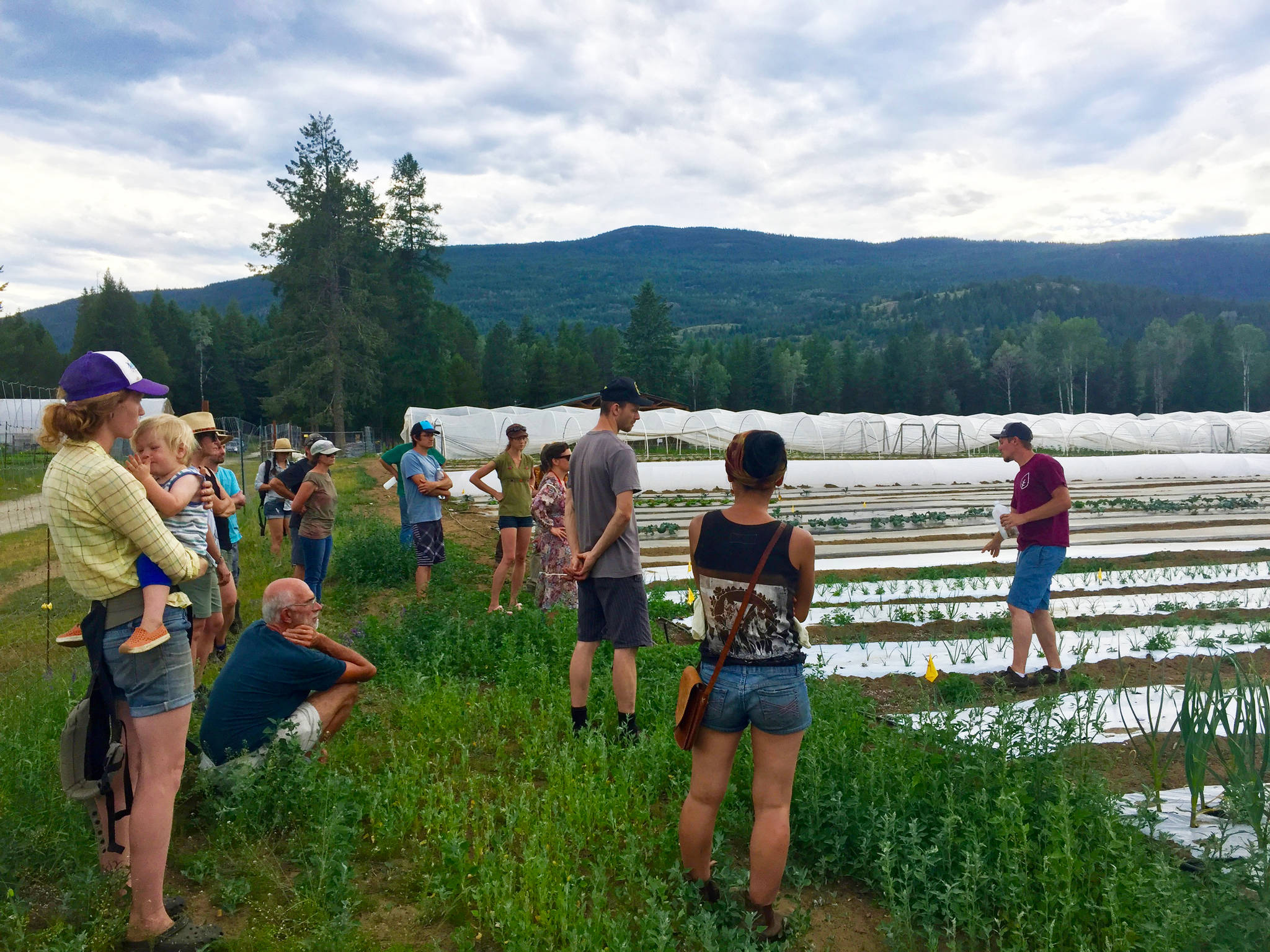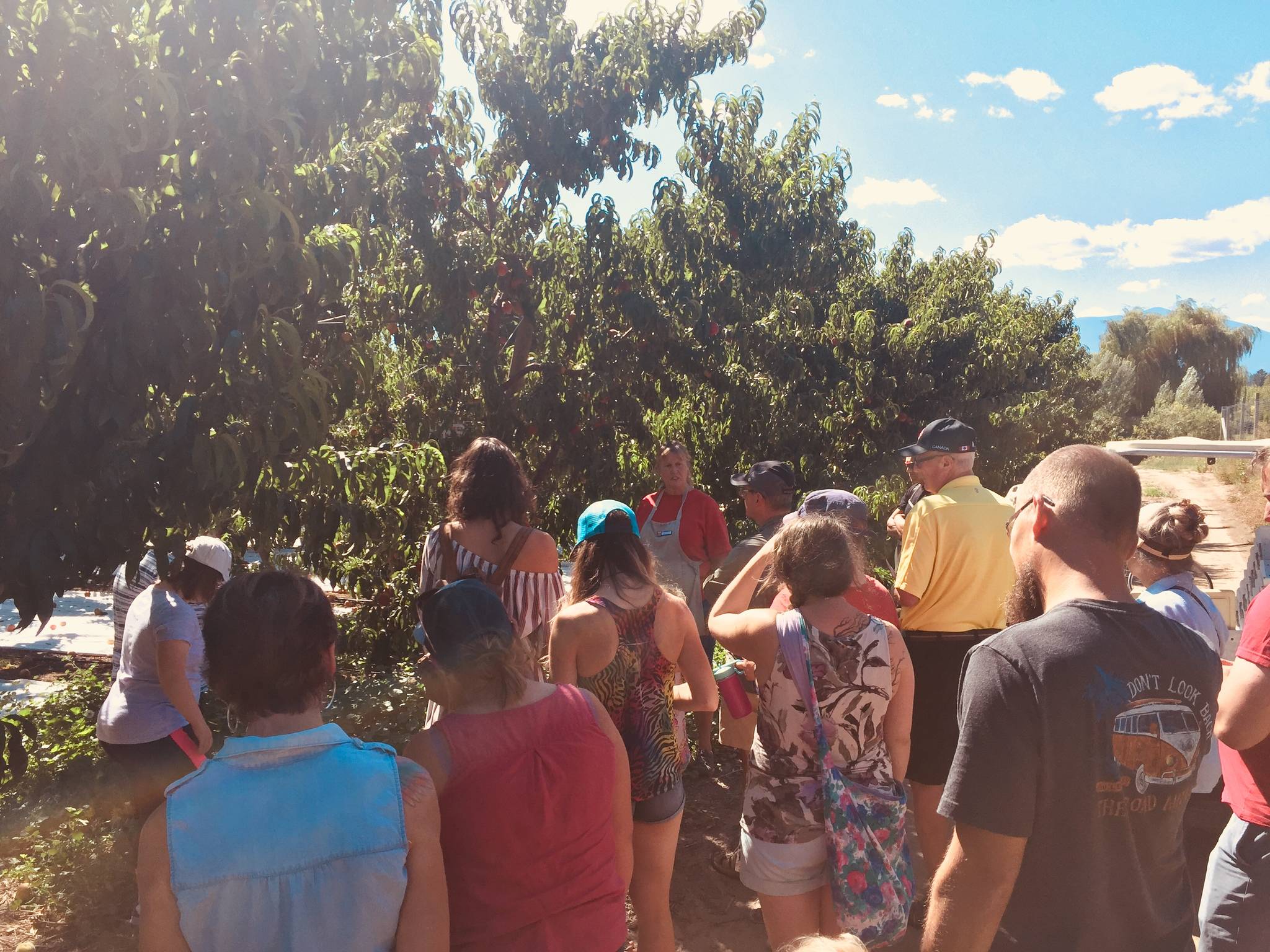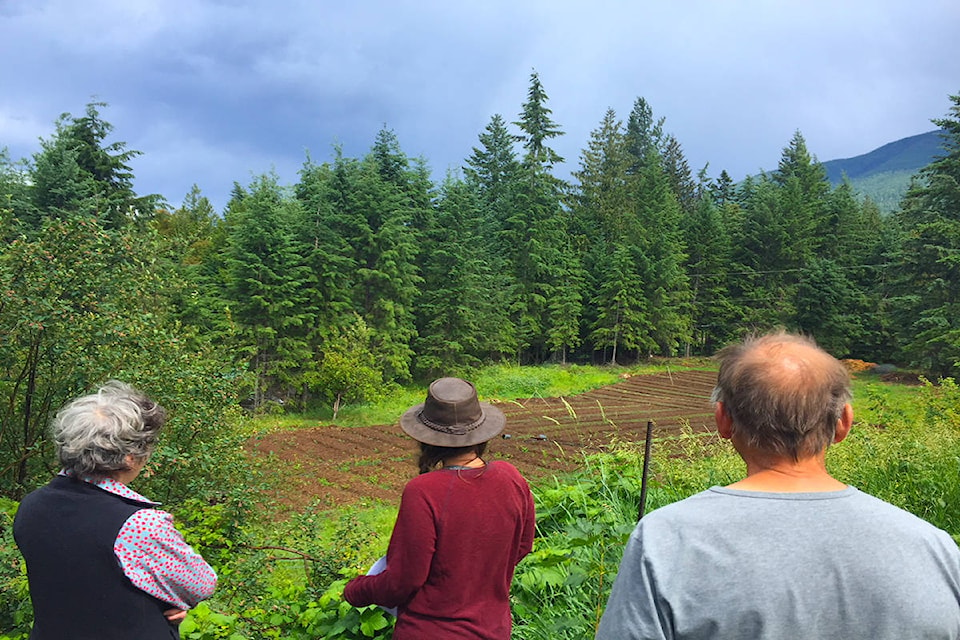Access to farmland is one of the biggest barriers for new farmers and the Young Agrarians organization (YA) is hoping to change that through the BC Land Matching Program.
Hailey Troock is the land matcher for the Columbia Basin region, and she says that a lack of available land is holding back some organizations and businesses from achieving their farming goals.
She explains that YA supports new farmers looking for land to connect with landowners, creating more access to locally grown and raised food.
According to a new entrants needs assessment survey conducted by the province, access to land remains the number one barrier for new farmers. 76 per cent of survey respondents reported that they leased land, and half of those leases were with acquaintances or family.
Other barriers identified in the survey are access to knowledge and access to capital. YA also helps to relieve these barriers through educational events, business mentorships and land access programming.
Troock says Cranbrook and the surrounding area is lacking in inventory which is creating a challenge for people who have plans to expand their farming business, or create new opportunities. She said the need for land is there, but the land isn’t currently available.
READ MORE: Young farmers find a home through land-matching program
READ MORE: Regional food processing facility coming to Creston
She says this issue has been exasperated because of the pandemic with many people wanting to get back to the land.
“There’s a lot of locational specificity when it comes to land in the Kootenays,” said Troock. “There are climatic differences and land need differences across the different regions. For example, land needs and the climate in the East Kootenay region are much different from that in West Kootenay.”
As outlined on the YA website, Canada’s farming population is shrinking and reached an historic low in 2011.
“According to Statistics Canada figures, while one in three (33 per cent) Canadians used to live on a farm in 1931, that number has plummeted to one in 46, or less than two per cent of the total population…” reads the fact sheet. “The real estate value of farmland is at an all-time high - since 2007, farmland prices in Canada have increased by 132 per cent.”
Troock says that land is needed for several local initiatives including a community garden and land for cattle grazing.
One example is the Cranbrook Rocky Mountain Metis Association. Troock explains that the association has applied for funding and hopes to create a community garden that will improve access to healthy food for community members. They are looking for around two acres of flat land that is in an accessible location, close to town.
“The community garden-share project will provide our community with the opportunity to access fresh, organic vegetables and also be able to plant and harvest in a culturally safe environment,” reads a statement from the association. “With food security being compromised due to the COVID-19 pandemic, we are noticing a lack of access to food and traditional medicine, as well as access to land for Indigenous peoples in our city. The project will be achieved by creating a space and having it ready for our first planting season in May 2021.”
This project also aims to create relationships with other non-profits such as Street Angels, the Food Bank and Salvation Army.
There is currently no land that fits their needs within the YA inventory and Troock hopes that spreading the word will raise awareness of these kinds of initiatives and the need for available land.
A local cattle farmer also hopes to expand their current operations and is looking for land to graze cattle on. BW Beef Sales, located out of Wycliffe, hopes to secure more land for grazing approximately 100 pair of Longhorn cattle. The company is looking for land on a long-term basis.
BW uses natural methods and is an established farm. They have free-range, grass fed, hormone and antibiotic-free Longhorn.
Troock says that in both instances there is a unique opportunity and YA wants to support local growth in the agricultural sector.
“These are really great initiatives. They have really interesting ideas and right now it’s all about finding the right match and getting the word out,” Troock said.
To date, YA has made over 109 matches on a total of 5,912 acres in B.C.
Land owners can reach out to their local YA representative if they have land available. Those hoping to lease land through the program can search the online database to get a feel for what’s out there.
YA will work with the aspiring farmers and land owners to meet their goals and needs. For farmers looking to lease land to start a new farm, a business plan must be in place. There is also some other paperwork involved, including a legal agreement between land owner and farmer.
For more information check out the Young Agrarians website at youngagrarians.org. Anyone with land who is interested in becoming part of the land matching program can contact Troock via email at hailey@youngagrarians.org.
corey.bullock@cranbrooktownsman.com
Like us on Facebook and follow us on Twitter
Want to support local journalism during the pandemic? Make a donation here.


